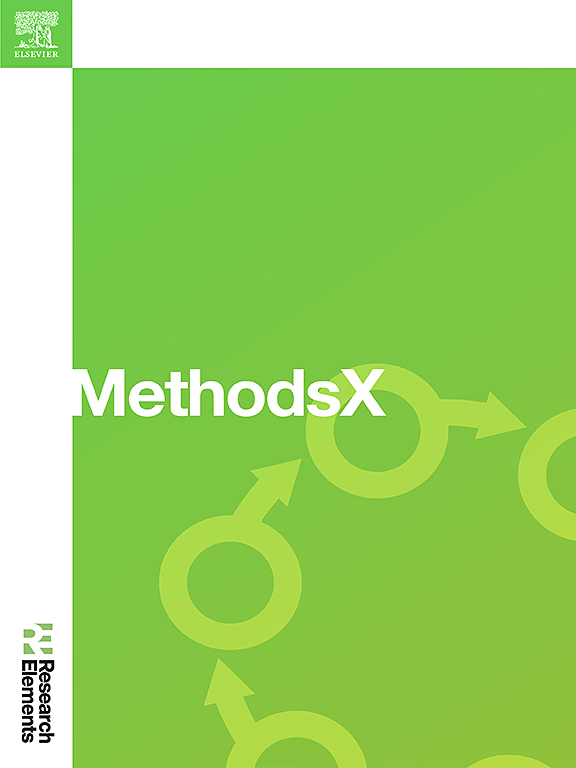The role of smart electricity meter data analysis in driving sustainable development
IF 1.6
Q2 MULTIDISCIPLINARY SCIENCES
引用次数: 0
Abstract
The analysis of Smart Electricity Meter (SEM) data, which plays an important role in sustainability of the electricity system. The widespread use SEM generates a substantial volume of data. However, when faced with an influx of new data, traditional clustering methods require re-clustering all the data from scratch. To address the challenge of handling the ever-increasing data, an incremental clustering algorithm proves to be the most suitable choice. Proposed Closeness-based Gaussian Mixture Incremental Clustering (CGMIC) Algorithm updates load patterns without relying on overall daily load curve clustering. The CGMIC algorithm first extracts load patterns from new data and then either intergrades the existing load patterns or forms new ones. The IITB Indian Residential Energy Dataset,is utilized to validate the proposed system. The performance of CGMIC compared with DBSCAN on silhouette score and Davis Bouldin index metrics. The insight of this research contributes directly to sustainable development goals. By effectively identifies changes in residential electricity consumption behavior.
- •The proposed Closeness-based Gaussian Mixture Incremental Clustering (CGMIC) Algorithm, updating load patterns incrementally, avoiding the need to re-cluster all data from scratch.
- •The CGMIC algorithm is validated using IITB Indian Residential Energy Dataset. Effectiveness is measured using metrics like the silhouette score and Davis Bouldin index.
- •The insights from the CGMIC algorithm help identify changes in residential electricity consumption behavior, providing valuable information for utility companies to optimize electricity load management, thereby contributing to sustainable development goals.

智能电表数据分析在推动可持续发展中的作用
智能电表(SEM)数据分析对电力系统的可持续发展起着重要的作用。扫描电镜的广泛应用产生了大量的数据。然而,当面对大量新数据时,传统的聚类方法需要从头开始对所有数据重新聚类。为了解决不断增长的数据处理挑战,增量聚类算法被证明是最合适的选择。提出了一种基于接近度的高斯混合增量聚类(CGMIC)算法,该算法在不依赖于总体日负荷曲线聚类的情况下更新负荷模式。CGMIC算法首先从新数据中提取负载模式,然后对已有的负载模式进行融合或形成新的负载模式。IITB印度住宅能源数据集被用来验证拟议的系统。CGMIC与DBSCAN在轮廓评分和Davis Bouldin指数指标上的性能比较。本研究的洞见直接有助于实现可持续发展目标。通过有效识别居民用电行为的变化。•提出基于接近度的高斯混合增量聚类(CGMIC)算法,增量更新负载模式,避免从头开始重新聚类所有数据的需要。•使用IITB印度住宅能源数据集验证了CGMIC算法。有效性是用轮廓评分和戴维斯·布尔丁指数等指标来衡量的。•CGMIC算法的见解有助于识别居民用电行为的变化,为公用事业公司优化电力负荷管理提供有价值的信息,从而为实现可持续发展目标做出贡献。
本文章由计算机程序翻译,如有差异,请以英文原文为准。
求助全文
约1分钟内获得全文
求助全文
来源期刊

MethodsX
Health Professions-Medical Laboratory Technology
CiteScore
3.60
自引率
5.30%
发文量
314
审稿时长
7 weeks
期刊介绍:
 求助内容:
求助内容: 应助结果提醒方式:
应助结果提醒方式:


